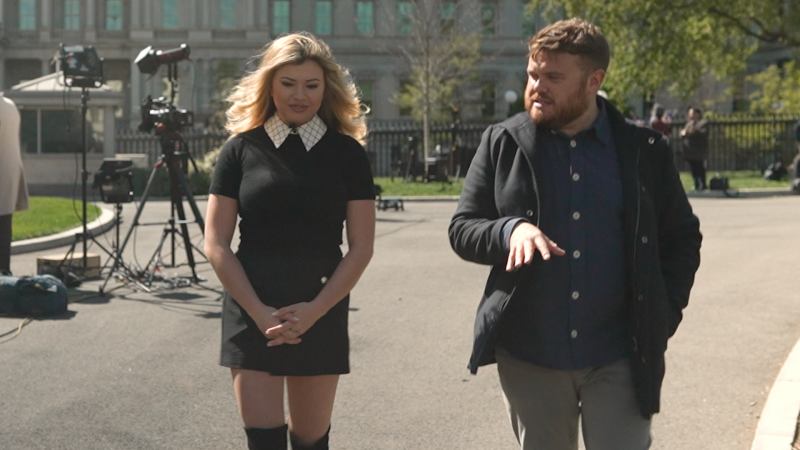Press Pass or Propaganda? Inside the MAGA Media Confrontation at 1600 Pennsylvania

Inside the White House Press Corps: A New Media Landscape
In an unprecedented shift, the traditional boundaries of political journalism are being redrawn as unconventional media personalities find themselves with coveted press credentials at the heart of American political reporting.
CNN's Donie O'Sullivan recently embarked on a fascinating exploration of the evolving White House press corps, revealing how the current administration's expansive "new media" policy has dramatically transformed who gets to ask questions and report on presidential activities.
These emerging journalists represent a stark departure from traditional mainstream media. Many are vocal supporters of former President Donald Trump, bringing a distinctly different perspective to press briefings and political coverage. Their backgrounds range from social media influencers to online commentators who have built significant followings by championing conservative viewpoints.
The new policy has effectively democratized access to one of the most prestigious journalistic platforms, allowing voices that were previously marginalized to sit alongside long-established news organizations. This shift has sparked intense debate about the changing nature of political journalism and the boundaries between advocacy and reporting.
O'Sullivan's investigation provides a nuanced look at how media access and political communication are being redefined in the digital age, where traditional gatekeeping mechanisms are increasingly challenged by new, more direct forms of communication.
